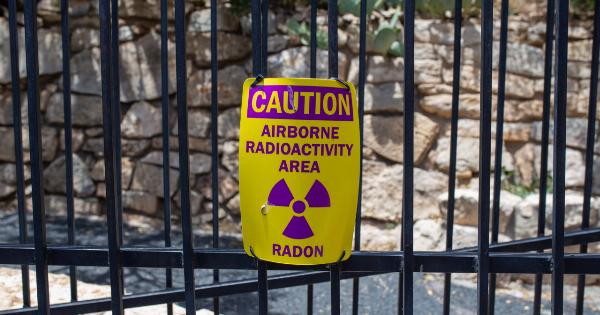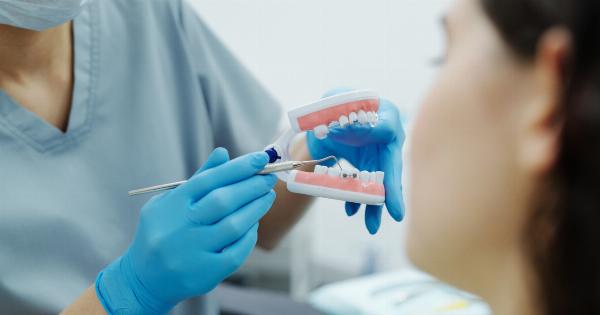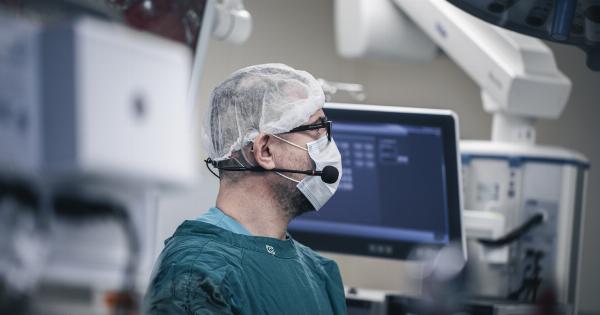Thyroid cancer is a growing concern worldwide, affecting individuals of all ages. In recent years, there have been significant advancements in diagnostic techniques for detecting thyroid cancer in both adults and children.
These new approaches have revolutionized the field, allowing for earlier detection, more accurate diagnosis, and improved treatment strategies. This article explores some of the latest innovations in thyroid cancer diagnosis and their impact on patient outcomes.
The Importance of Early Detection
Early detection of thyroid cancer is crucial for successful treatment and improved prognosis. Traditional diagnostic methods often involve a combination of physical examination, imaging studies, and biopsy.
While these approaches remain important, they may not always provide definitive results. This has led researchers and clinicians to explore new strategies that can enhance the accuracy and efficiency of thyroid cancer diagnosis.
Genomic Testing and Molecular Biomarkers
Genomic testing has emerged as a promising tool in the diagnosis of thyroid cancer. By analyzing the genetic makeup of thyroid cells, clinicians can identify specific alterations or mutations associated with cancer development.
This approach provides valuable information for determining the malignancy of thyroid nodules and guiding treatment decisions. Molecular biomarkers, such as genetic alterations or protein expression patterns, can also serve as indicators of thyroid cancer presence, aiding in early detection and personalized treatment plans.
Ultrasound-Guided Fine-Needle Aspiration (US-FNA)
Ultrasound-guided fine-needle aspiration (US-FNA) has become a standard procedure for evaluating thyroid nodules.
This minimally invasive technique involves using ultrasound imaging to guide a thin needle into the nodule and extract a sample of cells for analysis. US-FNA allows for precise targeting of suspicious areas, increasing the accuracy of diagnosis.
Recent advancements in ultrasound technology, including high-resolution imaging and real-time elastography, have further improved the diagnostic capabilities of US-FNA.
Next-Generation Sequencing (NGS)
Next-generation sequencing (NGS) is a cutting-edge technology that enables comprehensive analysis of a patient’s genetic material.
This technique can identify alterations in multiple genes simultaneously, providing a more comprehensive understanding of the genetic landscape of individual thyroid tumors. NGS has the potential to greatly improve the accuracy of thyroid cancer diagnosis, particularly in cases where traditional methods yield inconclusive results.
Additionally, NGS can help identify genetic mutations that may guide targeted therapies for patients with advanced thyroid cancer.
Molecular Imaging Techniques
Molecular imaging techniques, such as positron emission tomography (PET) and single-photon emission computed tomography (SPECT), have shown promise in the detection of thyroid cancer metastases.
These non-invasive imaging modalities use radioactive tracers to visualize specific molecular targets within the body. By targeting molecular features of thyroid cancer cells, these techniques offer a more sensitive and specific approach to identifying metastatic disease even at earlier stages.
Telemedicine and Remote Consultations
The COVID-19 pandemic has accelerated the adoption of telemedicine and remote consultations in various medical fields, including the diagnosis and management of thyroid cancer.
Telemedicine allows patients to consult with healthcare providers remotely, reducing the need for in-person visits and minimizing potential exposure to the virus. Through virtual consultations, physicians can review imaging studies, discuss symptoms, and provide recommendations for further testing.
This approach has proven particularly beneficial for individuals residing in remote areas or those with limited access to healthcare facilities.
Liquid Biopsies
Liquid biopsies have emerged as a non-invasive alternative to traditional tissue biopsies in various cancer types, including thyroid cancer.
This diagnostic approach involves analyzing genetic material, such as circulating tumor DNA (ctDNA) or circulating tumor cells (CTCs), present in the patient’s blood. Liquid biopsies offer several advantages, including the ability to detect tumor-specific genetic alterations and monitor treatment response or disease recurrence over time.
Although still in the early stages of development, liquid biopsies hold great promise for improving the diagnostic process for thyroid cancer.
Artificial Intelligence and Machine Learning
Artificial intelligence (AI) and machine learning (ML) algorithms have shown remarkable potential in assisting with thyroid cancer diagnosis.
By analyzing large datasets and patterns in medical imaging, AI and ML algorithms can help identify subtle features that may be indicative of thyroid cancer. These technologies can aid in the interpretation of ultrasound images, fine-needle aspiration specimens, and other diagnostic tests, enhancing accuracy and efficiency.
The integration of AI and ML in thyroid cancer diagnosis has the potential to reduce both false-positive and false-negative results, ultimately improving patient outcomes.
Population Screening Programs
In some regions, population-wide screening programs have been implemented to detect early stages of thyroid cancer. These programs aim to identify individuals with thyroid nodules and offer timely diagnostic evaluations.
By targeting high-risk populations or those with known risk factors, such as exposure to radiation during childhood, these screening programs can lead to earlier detection of thyroid cancer and more effective treatment outcomes. However, the implementation of such programs requires careful consideration of cost-effectiveness, potential harms of overdiagnosis, and the availability of healthcare resources.
Integration of Multidisciplinary Teams
The diagnosis and management of thyroid cancer often require a multidisciplinary approach involving various healthcare professionals, including endocrinologists, surgeons, radiologists, and pathologists.
Integrating multidisciplinary teams can improve communication, ensure comprehensive evaluation of patients, and facilitate the coordination of diagnostic efforts. Collaborative decision-making based on the expertise of different specialists can lead to more accurate diagnosis, personalized treatment plans, and better patient outcomes.
Conclusion
The field of thyroid cancer diagnosis has witnessed substantial advancements in recent years.
Innovative approaches, such as genomic testing, molecular biomarkers, US-FNA, NGS, molecular imaging, telemedicine, liquid biopsies, AI, and ML algorithms, population screening programs, and the integration of multidisciplinary teams, have contributed to earlier detection and improved management of thyroid cancer in both adults and children. These advancements offer the potential for more personalized treatment plans, enhanced prognostic accuracy, and ultimately better outcomes for patients affected by thyroid cancer.




























